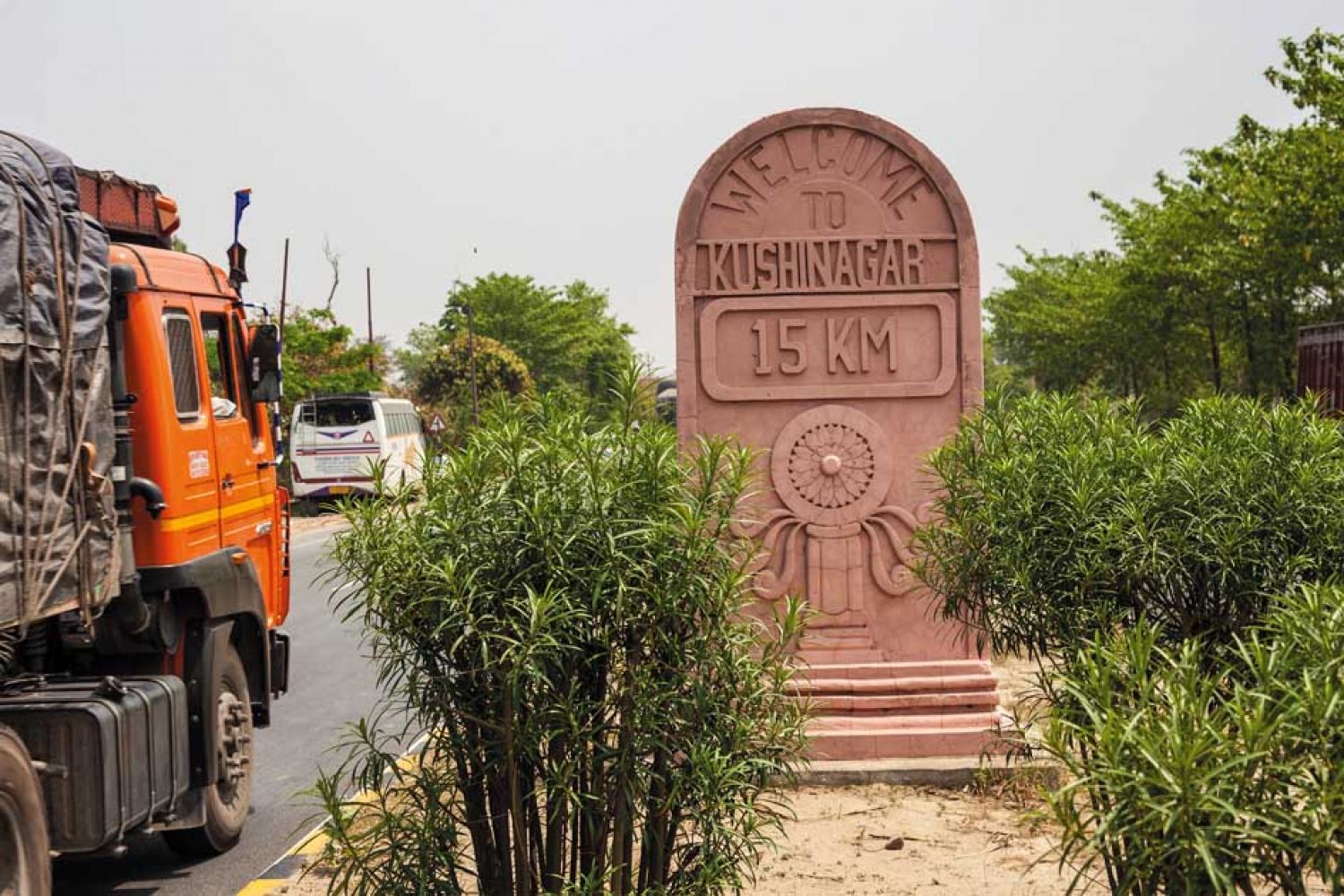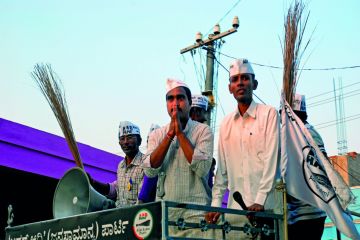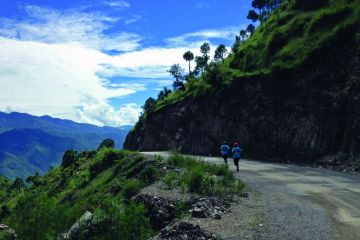
After Basti the train
was supposed to stop only at Gorakhpur but after a long halt at Jagatbela it
had run aground at the Dharmshala Bridge. It isn’t unusual in these parts but
friends waiting at the station kept calling to find out the platform on which
it would pull in. The thing is, there’s never any information on the display
board about special trains (I was on one), not even the platform number for its
arrival. Railway enquiries told them that there is no designated platform for s





